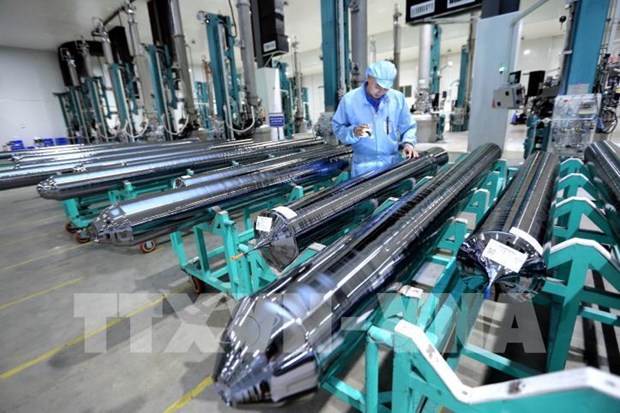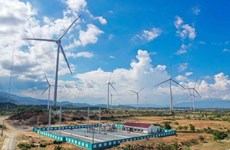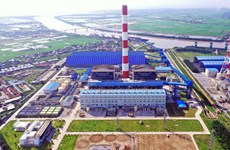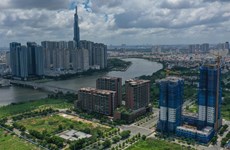Dong Nai leads southern localities in attracting RoK investment
Dong Nai is leading southern localities in attracting investment from the Republic of Korea (RoK).
 As of the beginning of November, Dong Nai was home to 426 projects with total registered capital of more than 7.2 billion USD invested by RoK businesses. (Photo: VNA)
As of the beginning of November, Dong Nai was home to 426 projects with total registered capital of more than 7.2 billion USD invested by RoK businesses. (Photo: VNA)As of the beginning of November, 2022, Dong Nai was home to 426 projects with total registered capital of more than 7.2 billion USD invested by RoK businesses, according to the province’s Department of Planning and Investment.
The RoK is also the top foreign investor in the province.
Many big corporations from the RoK have invested in production facilities in the southern province, which is at a convenient location to supply products to other regions across Vietnam as well as for export. Samsung, LG, Hyosung, Changshin, Taekwang, Hwaseung, CJ, Posco, Hansol Technics, Intops are among those big names.
Hyosung has invested over 1.82 billion USD in two projects in Dong Nai, Posco 300 million USD, Changshin more than 255 million USD and Hwaseung 170 million USD.
Korean-invested projects have operated stably, contributed greatly to the local budget and created jobs for over 171,600 workers.
A majority of RoK-invested projects are in the industrial sector, focusing on footwear, production supporting garment-textile and footwear, electronics and machinery.
In the first 10 months of this year, RoK investors pumped nearly 187 million USD in nine new projects in industrial parks in Dong Nai. Meanwhile, 26 RoK-invested projects in the province added a total 118 million USD to their investment capital.
The Director-General of Hyosung Vietnam based in Nhon Trach 5 industrial park said the group’s investment process in Dong Nai went on smoothly with the provincial authorities providing timely assistance. For this reason, the group will continue to expand its investment in the province.
Besides the industrial sector, Dong Nai is inviting Korean investment in trade-services, logistics, housing, including social housing, and tourism, pledging to create the best possible conditions for investors.
Deputy director of the Department of Planning and Investment Doan Thi Ngoc Van said the province is urgently working on the provincial master plan, which will be publicized along with local planning for important areas such as Bien Hoa and Long Khanh cities, and Long Thanh and Nhon Trach districts.
A list of projects inviting investment in the form of auction and bidding will be published, she said.
 Illustrative image (Photo: VNA)
Illustrative image (Photo: VNA)Vice Chaiwoman of the provincial People’s Committee Nguyen Thi Hoang said Dong Nai aims to attract between 5 – 6 billion USD in the period from 2021-2025. She stressed that Dong Nai hopes Korean businesses will invest in hi-tech and clean tech production in the province.
Dong Nai has planned six more industrial parks and is calling for investment from the RoK in IP infrastructure and services.
Besides, the province is also inviting domestic and international investors for six projects in eco-tourism.
Dong Nai has attracted 1.1 billion USD into nearly 140 foreign direct investment projects since the start of this year, according to the Industrial Zones Authority of the southern province (DIZA).
Of the sum, more than 736 million USD was channeled into 93 existing projects while the rest into new ones.
Dong Nai is currently home to nearly 1,500 valid FDI projects worth 32 billion USD in total by investors from 45 countries and territories. The largest investors are the Republic of Korea, Taiwan (China), and Japan./.













